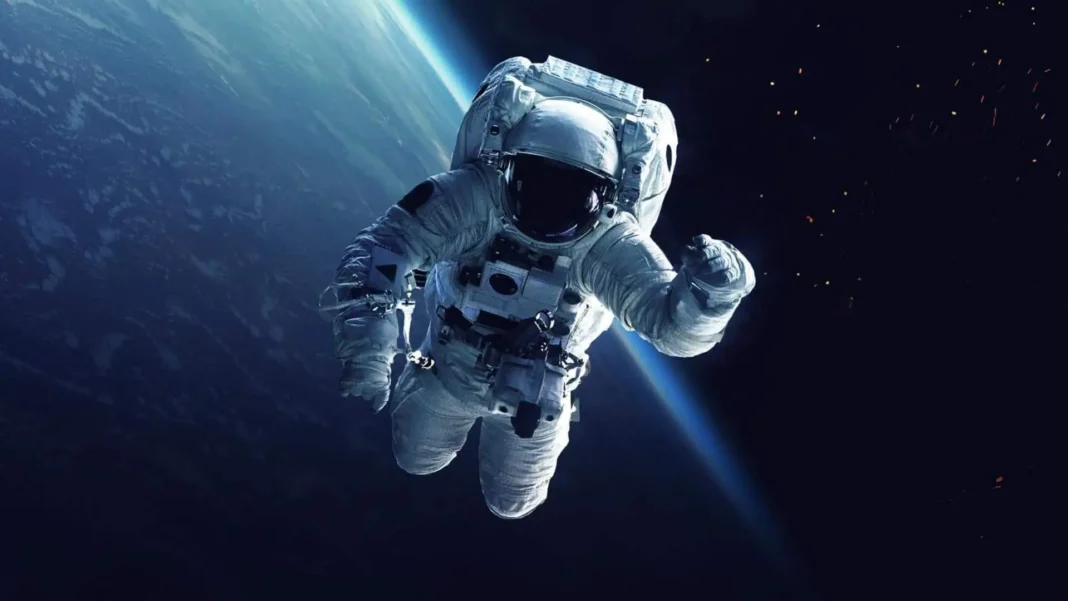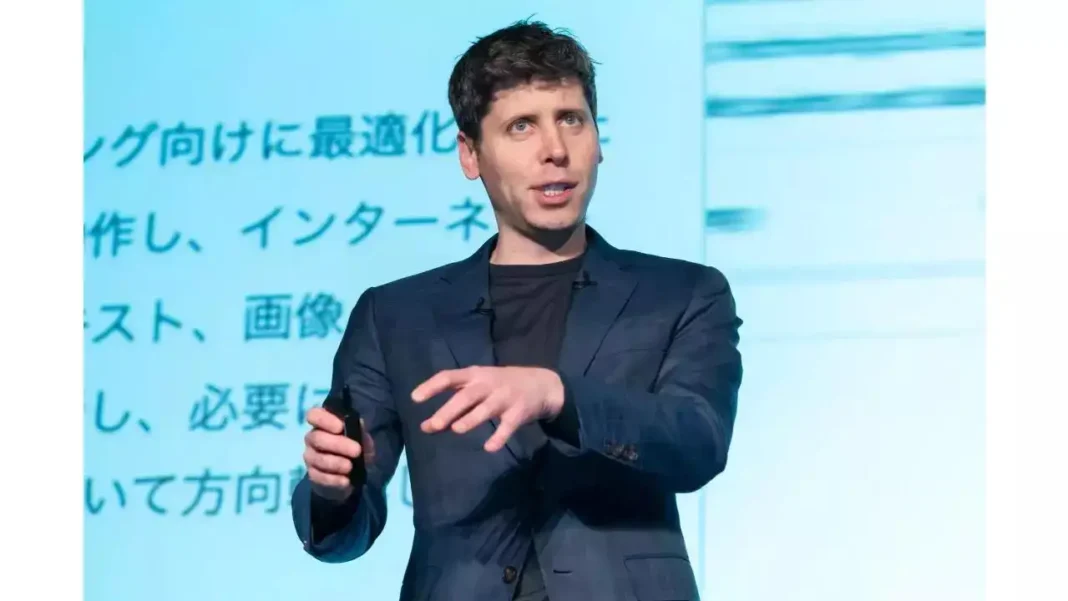A recent study supported by NASA analyzed hematopoietic stem and progenitor cells (HSPCs)—the bone-marrow stem cells responsible for producing blood and immunity—that were sent on four SpaceX supply missions to the International Space Station (ISS) between December 2021 and March 2023. The missions lasted 30 to 45 days.
- Compared to identical samples kept on Earth, the space-exposed cells showed:
• Reduced ability to regenerate healthy blood cells.
• DNA damage.
• Shortening of telomeres (the protective ends of chromosomes)
• Mitochondrial stress and activation of normally silent (“dark”) regions of genome.
Why These Changes Matter
- Immune system and repair capacity: Blood-forming stem cells are essential for regenerating blood and immune cells. If their ability declines, risk of infection, slower recovery from injuries, or poorer immune response increases.
- Accelerated ageing markers: DNA damage, telomere shortening, and stress in stem cells are all hallmarks of biological ageing. Spaceflight is amplifying them.
- Variation among individuals: The study noted that how severely stem cells were affected varied by donor, suggesting that some people may have resilience factors.
What’s Causing the Ageing Effects
Several environmental stressors in space contribute:
- Microgravity: Lack of gravity changes how cells behave, fluid flows, bone and muscle stress, etc.
- Cosmic radiation: High-energy particles (unshielded in space) damage DNA and cellular structures.
- Other stresses: Altered circadian rhythms, stress from launch/reentry, possibly environmental factors like low pressure or changes in oxygen/atmosphere on ISS.
Other Evidence of “Ageing” in Space
- Previous studies have found that astronauts lose bone density, muscle mass, cardiovascular changes, and metabolic stress—all of which mirror age-related decline on Earth.
- A 2022 study reported that prolonged exposure to microgravity damaged bone structure to the equivalent of up to 10 years of skeletal ageing in some contexts. ScienceDaily
Potential Reversibility & Mitigations
- The new stem cell study observed that when these cells were returned to normal Earth-based conditions (healthy bone marrow environment), some of the damage was reversed.
- Countermeasures could include improved radiation shielding, artificial gravity, pharmacological aids, exercise protocols, and possibly selecting astronauts based on resilience markers.
Implications for Long-Duration Missions & Space Settlements
- For missions to Mars or longer stays in space, the cumulative biological ageing effects could pose significant risks: weakened immunity, cancer risk, slower healing, etc.
- Understanding individual variation will be important for crew selection and health monitoring.
- Health protocols for space travellers may need to emphasize stem cell monitoring, DNA repair capacity, and possibly interventions before, during, and after missions.
Conclusion
The evidence is growing that space travel does more than just “feel” stressful—it physically accelerates ageing processes at the cellular level, especially in blood-forming stem cells. While some damage seems reversible, the risks are real, particularly for long spaceflights. As humanity prepares for deeper space exploration, protecting health in this harsh environment will be as critical as the technological challenges.



